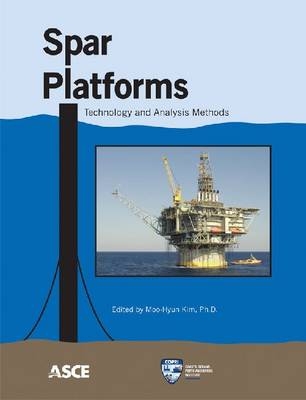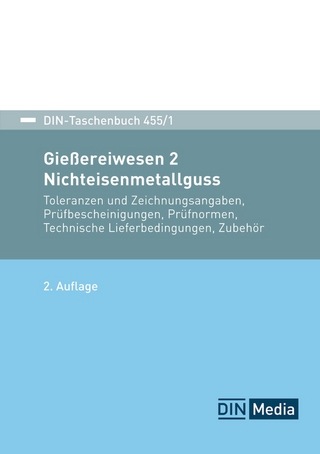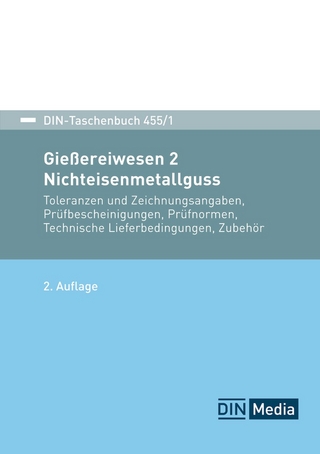
Spar Platforms
Technology and Analysis Methods
Seiten
2012
American Society of Civil Engineers (Verlag)
978-0-7844-1209-1 (ISBN)
American Society of Civil Engineers (Verlag)
978-0-7844-1209-1 (ISBN)
Sponsored by the Ocean and Offshore Engineering Committee of the Coasts, Oceans, Ports, and Rivers Institute of ASCE.
Spar Platforms: Technology and Analysis Methodsexamines the design, analysis, and use of spar platforms for offshore oil production. Since the first spar platform, the Oryx Neptune, was installed in the Gulf of Mexico in 1996, spars have evolved into a proven, reliable technology for oil drilling and production in deep and remote areas. Three spar concepts are in use today: the classic spar, the truss spar, and the cell spar. Although the technology and analysis methods are considered mature, technical challenges remain, including understanding and suppressing vortex-induced motion and improving survivability in category 4 and 5 hurricanes.
This volume surveys the history of spar development and presents detailed design modeling aspects of spar hull, mooring, and anchoring systems. Two methodologies—the diffraction method and the Morrison formula—that can be used to analyze spar motions are demonstrated and assessed. Design considerations for vortex-induced motion of spars are weighed, along with possible remedies. In addition, testing methods for spar models in wave basins are considered, and full-scale field data is compared with the results of several numerical analysis tools.
Ocean and coastal engineers, those involved in the design and construction of offshore structures, and petroleum engineers will find the book a useful supplement to existing specifications for spar platforms.
Spar Platforms: Technology and Analysis Methodsexamines the design, analysis, and use of spar platforms for offshore oil production. Since the first spar platform, the Oryx Neptune, was installed in the Gulf of Mexico in 1996, spars have evolved into a proven, reliable technology for oil drilling and production in deep and remote areas. Three spar concepts are in use today: the classic spar, the truss spar, and the cell spar. Although the technology and analysis methods are considered mature, technical challenges remain, including understanding and suppressing vortex-induced motion and improving survivability in category 4 and 5 hurricanes.
This volume surveys the history of spar development and presents detailed design modeling aspects of spar hull, mooring, and anchoring systems. Two methodologies—the diffraction method and the Morrison formula—that can be used to analyze spar motions are demonstrated and assessed. Design considerations for vortex-induced motion of spars are weighed, along with possible remedies. In addition, testing methods for spar models in wave basins are considered, and full-scale field data is compared with the results of several numerical analysis tools.
Ocean and coastal engineers, those involved in the design and construction of offshore structures, and petroleum engineers will find the book a useful supplement to existing specifications for spar platforms.
| Verlagsort | Reston |
|---|---|
| Sprache | englisch |
| Gewicht | 687 g |
| Themenwelt | Technik ► Bergbau |
| ISBN-10 | 0-7844-1209-X / 078441209X |
| ISBN-13 | 978-0-7844-1209-1 / 9780784412091 |
| Zustand | Neuware |
| Haben Sie eine Frage zum Produkt? |
Mehr entdecken
aus dem Bereich
aus dem Bereich
technische Grundlagen, Risikomanagement, Umweltauswirkungen
Buch | Hardcover (2023)
Hanser (Verlag)
CHF 139,95
Toleranzen und Zeichnungsangaben; Prüfbescheinigungen; Technische …
Buch | Softcover (2024)
DIN Media (Verlag)
CHF 269,95
Buch | Softcover (2024)
DIN Media (Verlag)
CHF 349,95


